How I Followed the Solar Eclipse
A detailed account of my solar eclipse expeditions across India, from first awe to leading expeditions and climate-driven decisions.

- Dr. Vivek Shilimkar
- 6 min read
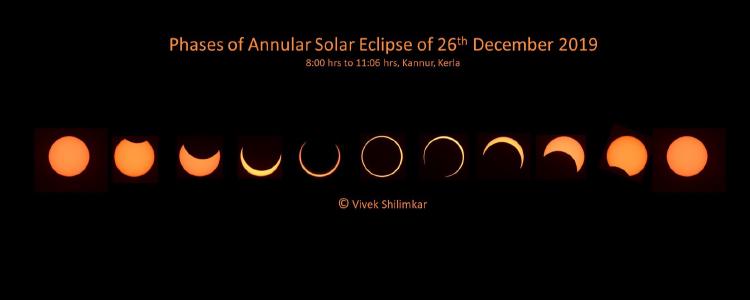
2010 – The First Experience
My 2010s kicked off with a bang: the longest annular solar eclipse of the millennium, on 15 January 2010. The annular phase lasted just over 11 minutes, with the moon covering about 91% of the Sun. I joined a group of fellow eclipse chasers and traveled more than 3000 km from Pune to Rameshwaram—just to catch those magical moments.
Everything about that trip was new and exciting. The first thing that blew my mind? The way tree shadows changed shape, mimicking the eclipse phases. We even used a colander to project those crescent shapes onto the ground. As the annularity began, the excitement was off the charts. We could feel the temperature drop and the winds shift. That adventure was so memorable, it nudged me toward a Ph.D. in climate science—though astronomy has always stayed a favorite hobby.
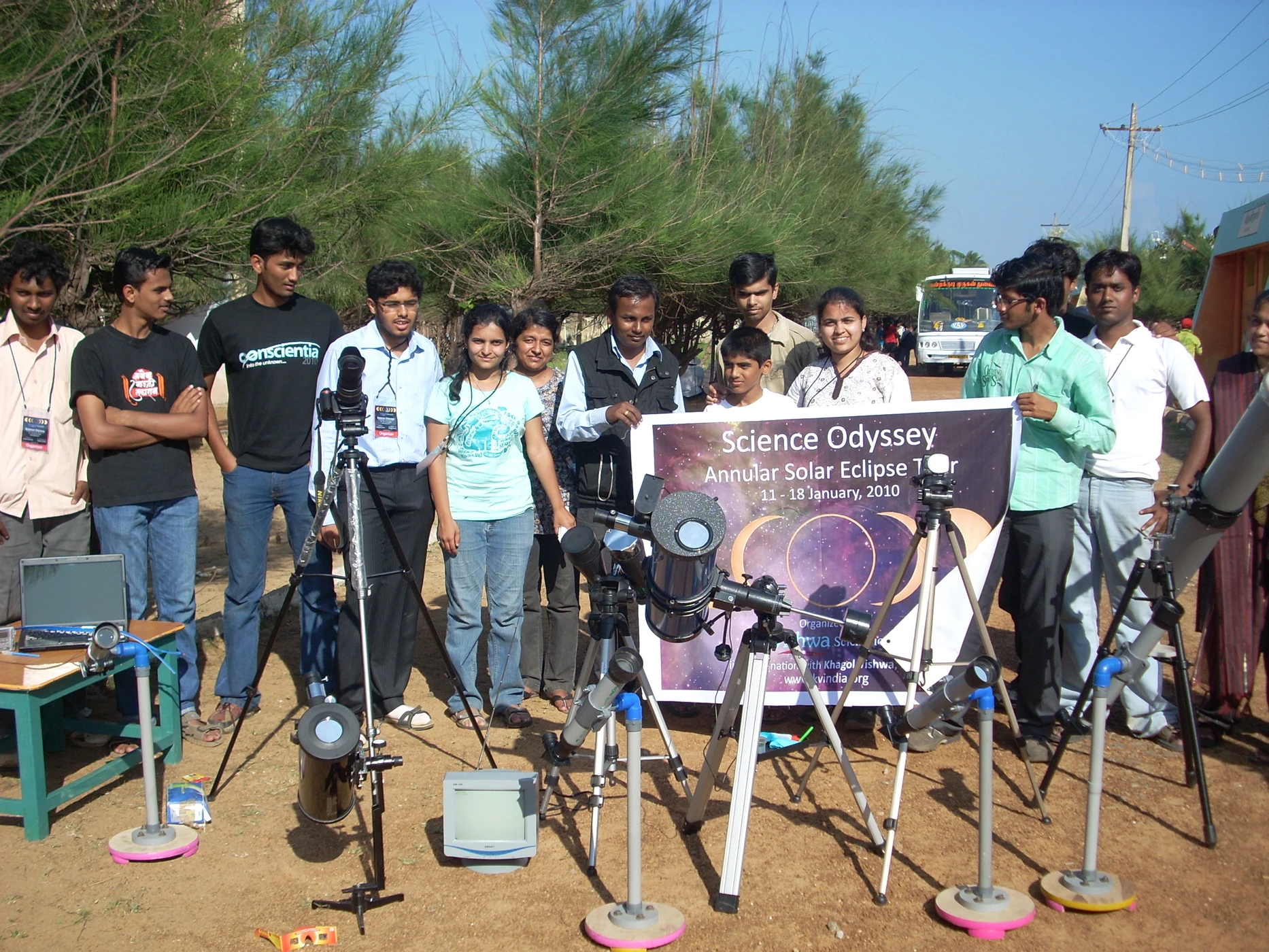
The A-Team
2019 – Following the Eclipse
Fast forward a decade, and another annular solar eclipse was about to cross India. This time, I wanted to do more than just watch—I wanted to organize an expedition. Planning food, travel, and accommodation was one thing, but the real challenge was picking a spot with clear skies. December is northeast monsoon season in southern India, so most eastern states were out. My climate science background came in handy: satellite data suggested Kerala, especially Kannur, had the best shot at clear weather, even with a 10–15% risk of clouds.
In 2019, the eclipse’s antumbra was about 117 km wide, passing through cities like Kannur, Coimbatore, and Pudukkottai. I decided to take my chances on Kannur.
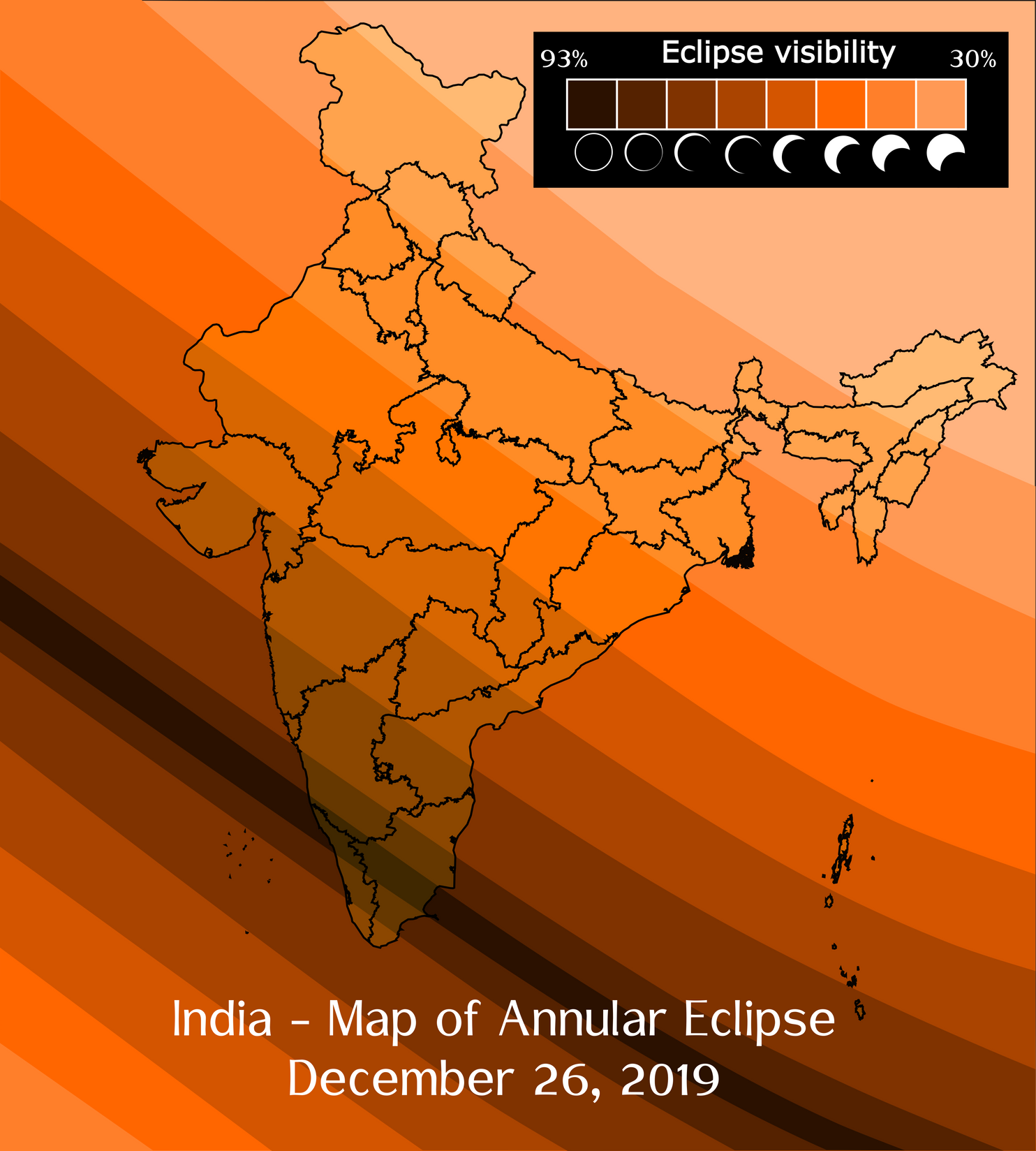
The annular solar eclipse path
Deciding the Location
December in southern India means unpredictable weather, thanks to the northeast monsoon. Kerala usually escapes the worst of it, but nothing is guaranteed. I pored over satellite data, looking for the best odds. Most of the southeast was a no-go—solid cloud cover. Kannur, though, looked promising, with only a 10–15% chance of clouds during the eclipse. So, I rolled the dice and planned our trip there.
The scale indicates the 0 = No Clouds, 1 = Overcast (100% cloud cover). The south-eastern Indian states show complete cloud cover, so there was no way to even think of those locations for observing the eclipse. The annular phase was going to begin at 9:24:56 at Indian Standard time. So, if I wanted to be at the center of the eclipse path, I had to take a chance and be at Kannur, although data showed 10-15% cloud cover, and I did take a chance. I decided to plan an expedition to Kannur, Kerala.
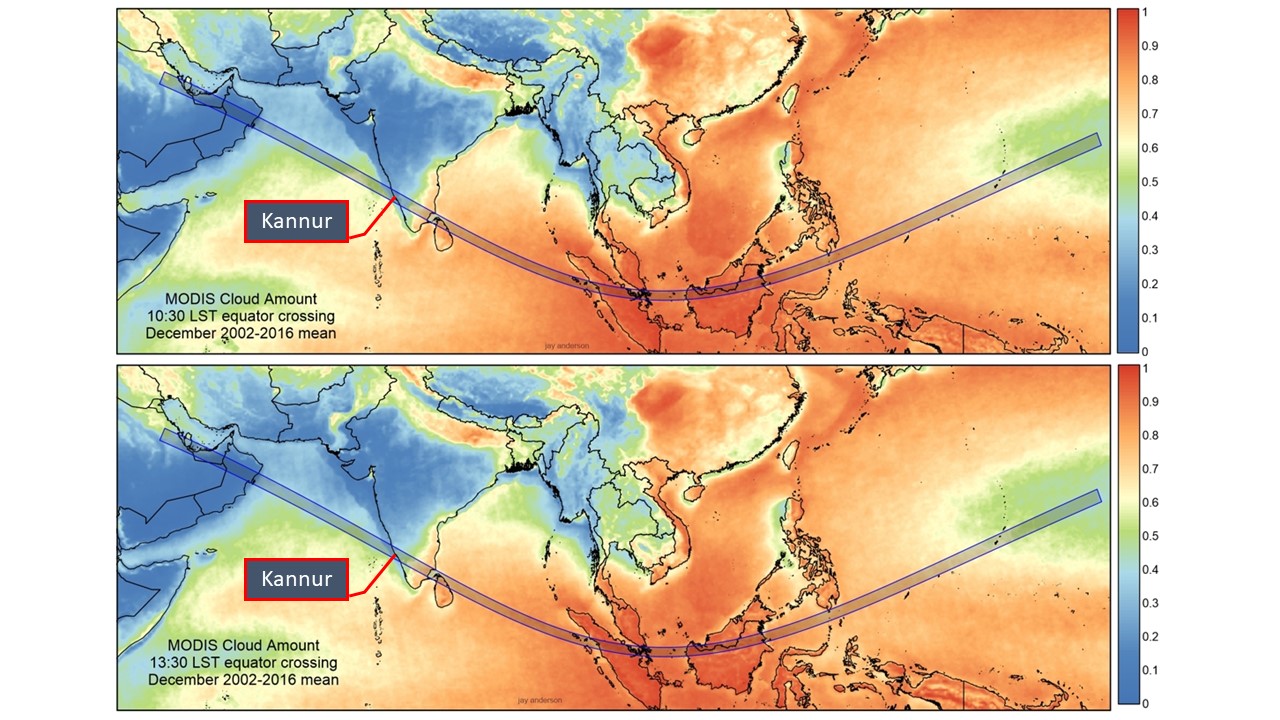
MODIS satellite observed mean cloud cover for 2002-2016
Nature proved my decision to choose Kannur for observing the Solar Eclipse to be right when South-eastern states were entirely under the cloud cover on 25th December. The geography of India, the western ghats, stopped clouds from entering over the whole Kerala and, most importantly, Kannur.
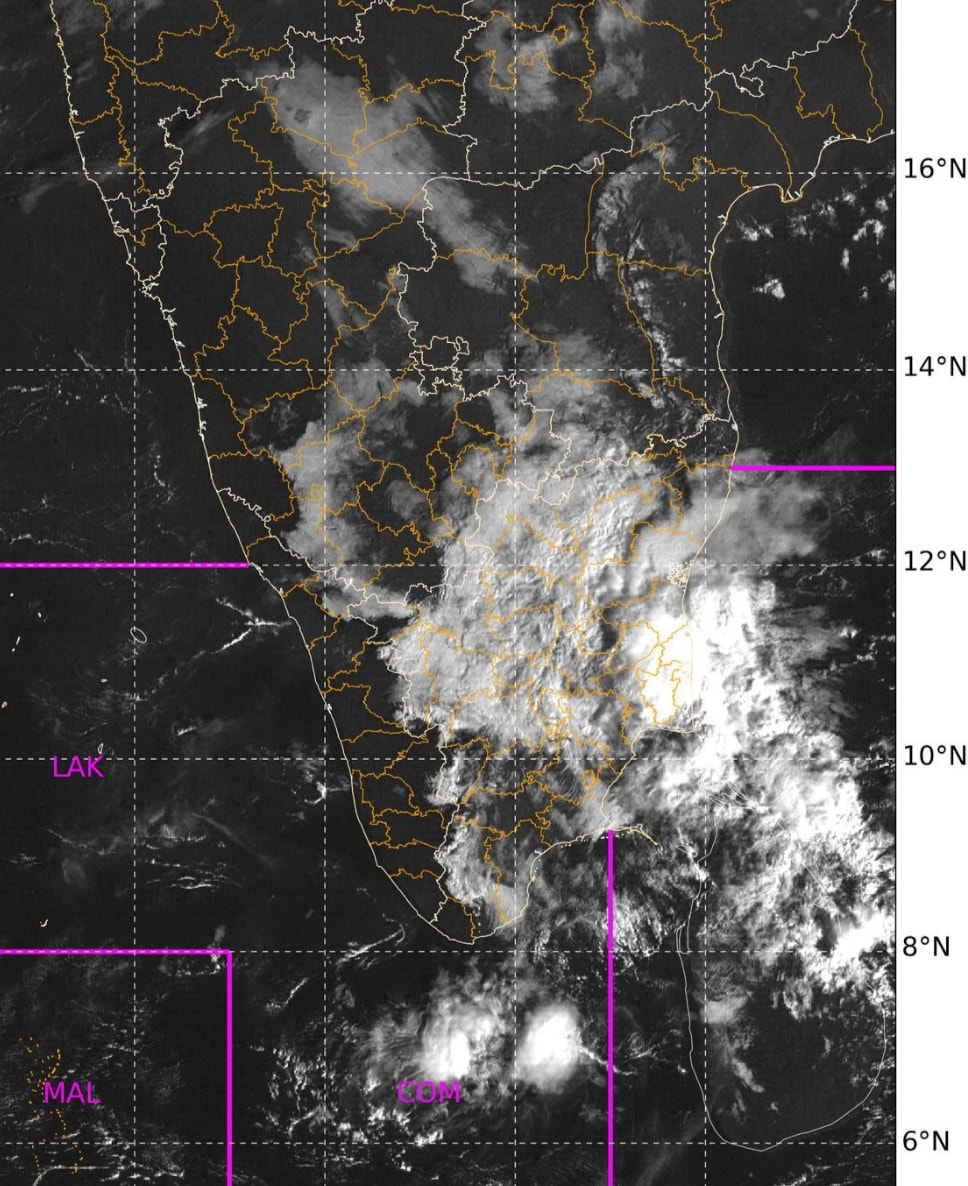
Cloud cover on the solar eclipse day
The “D” Day
Our group of 21 (including a bunch of enthusiastic 8th and 9th graders) left Pune on 24 December. The weather in Pune was classic monsoon: overcast and rainy, thanks to a low-pressure system in the Arabian Sea. As our train headed south, the clouds started to thin. By the time we reached Kannur, the sky was clear, though it was hot and humid. We knew clouds might roll in at night, so we planned our observations and got some rest.
Everyone was up before sunrise to get to our observation spot—Ayyikkara Sea View point—by 7:00 AM. The east was crystal clear, with just one big cloud to the south (not a problem for the eclipse). We set up two telescopes, two DSLR cameras, and two types of radio antennas. Just in time!
For most of the group, it was their first annular eclipse. The excitement started at first contact (8:04 AM) and only grew. As the moon covered the Sun, the temperature dropped, the wind picked up, and the ocean changed color.
Even the sharp shadows turned into a blurred one. Ocean water, which was colorless or of a blue color, turned into grayish color. The excitement reached a peak as the annular solar eclipse began. During this eclipse, the moon covered the 0.97 fractions of the Sun during the annular phase. Everyone was shouting and expressing the joy, excitement unconsciously. Eclipse sent everyone into ecstasy. A background sound of people will give you a glimpse of emotion, though you may not understand the language that we speak. The eclipse itself is experience; nobody can explain how it feels to be there and watch, feel, and experience the eclipse.
When the annular phase hit, everyone was cheering and shouting—pure joy! It’s hard to put into words what it’s like to experience an eclipse in person.
We even projected the eclipse onto white paper using a telescope, tracing the moon’s path across the Sun.
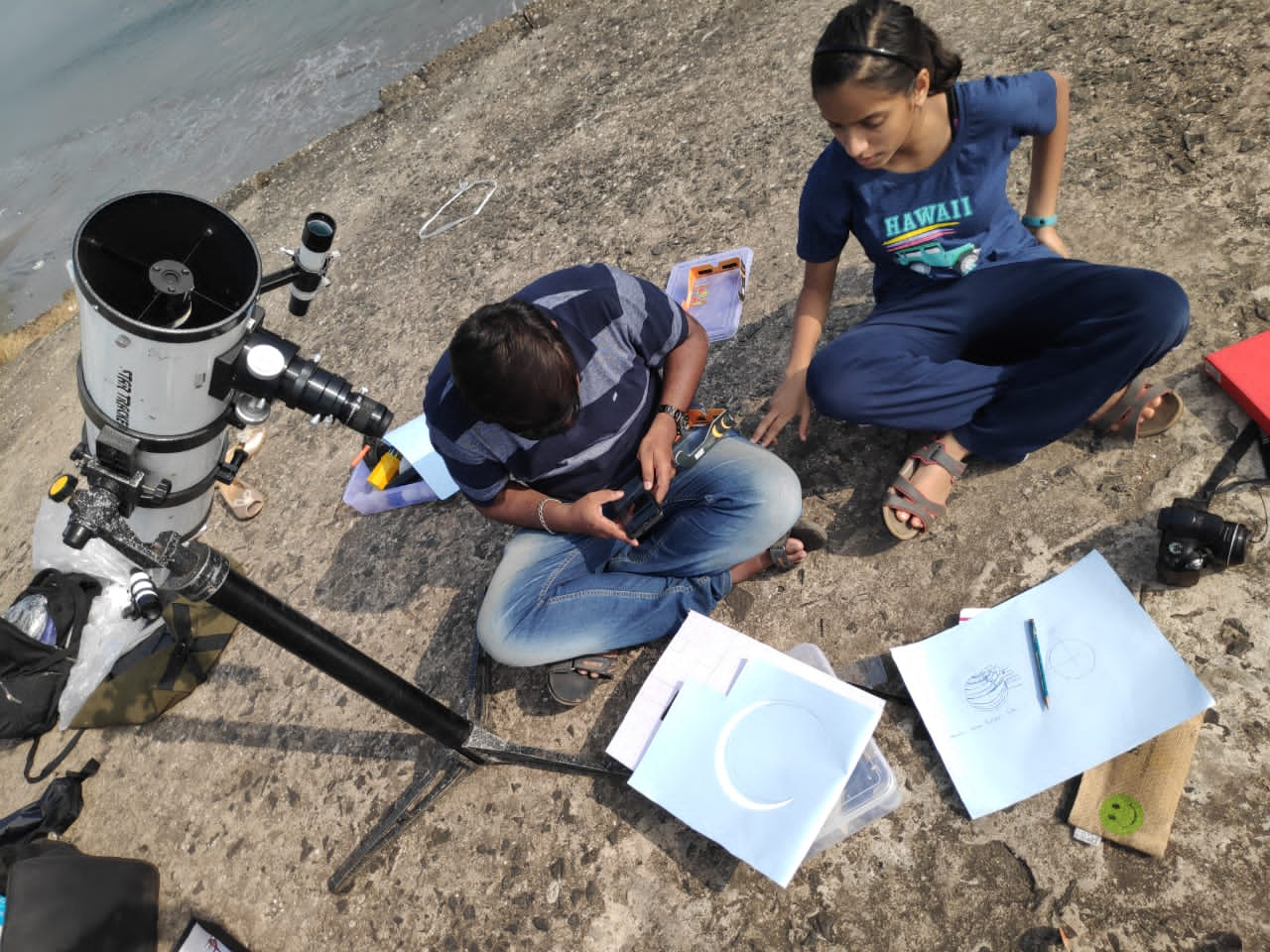
Sun's path tracing on the paper.
Sun's path tracing on the paper.
One of the coolest things we noticed was the drop in maximum temperature on eclipse day—about 1 to 1.3°C lower than the days before and after. It was amazing to feel the air cool as the Sun dimmed!
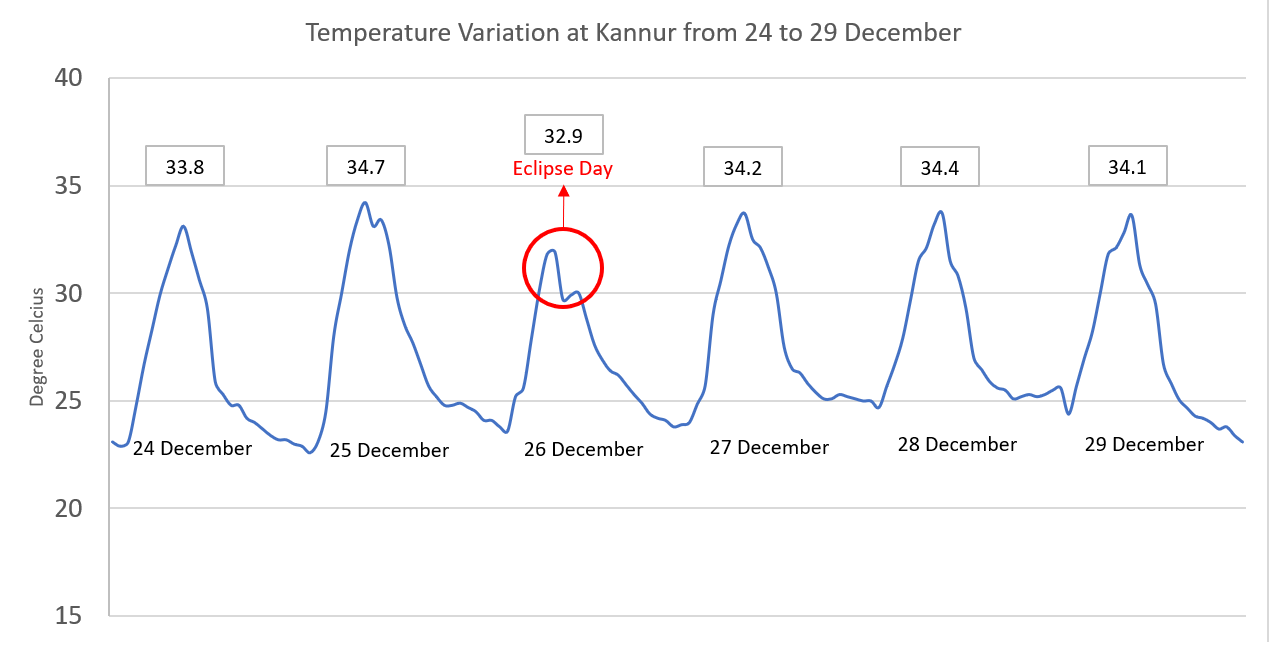
Temperature variation at Kannur from 24 to 29 December
The Eclipse at One Sight
We captured the different phases of the annular eclipse from Kannur, Kerala. It was a photographer’s dream!
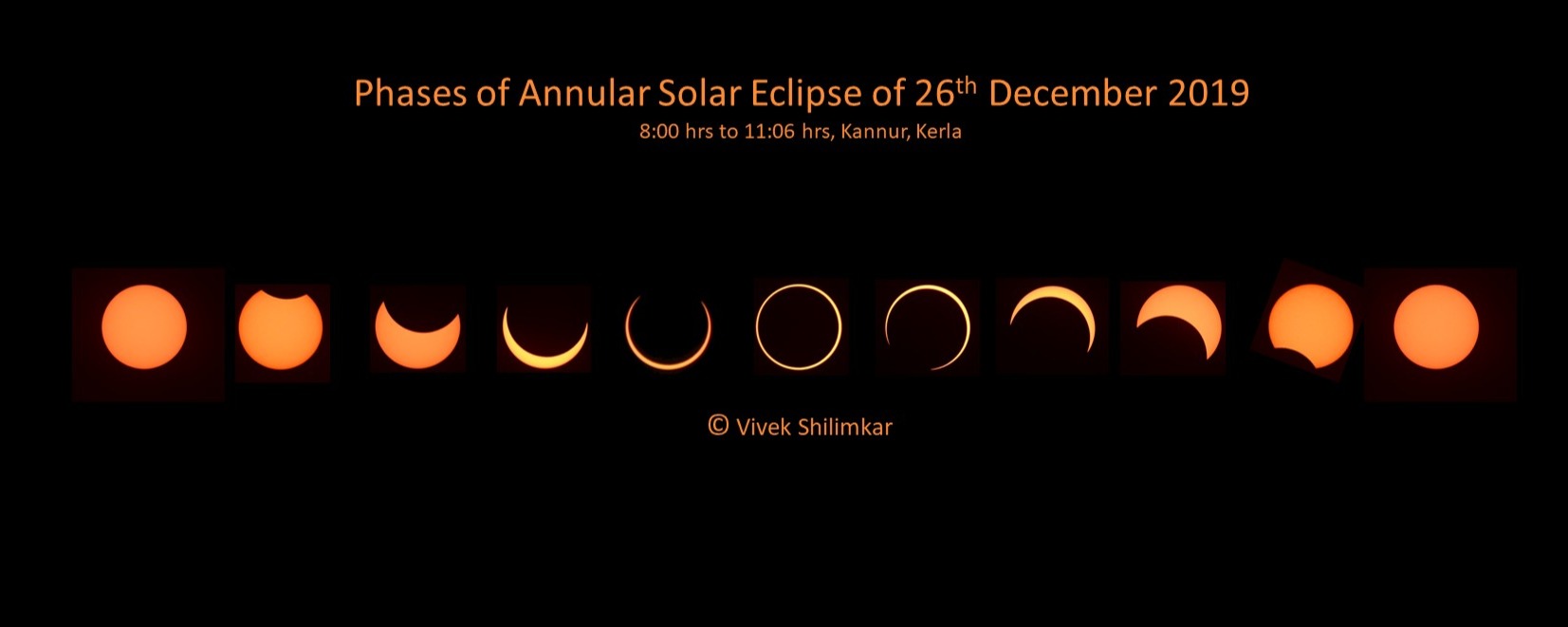
Phases of the Annular Solar Eclipse as I photographed from the Kannur, Kerala.
The Eclipse Team
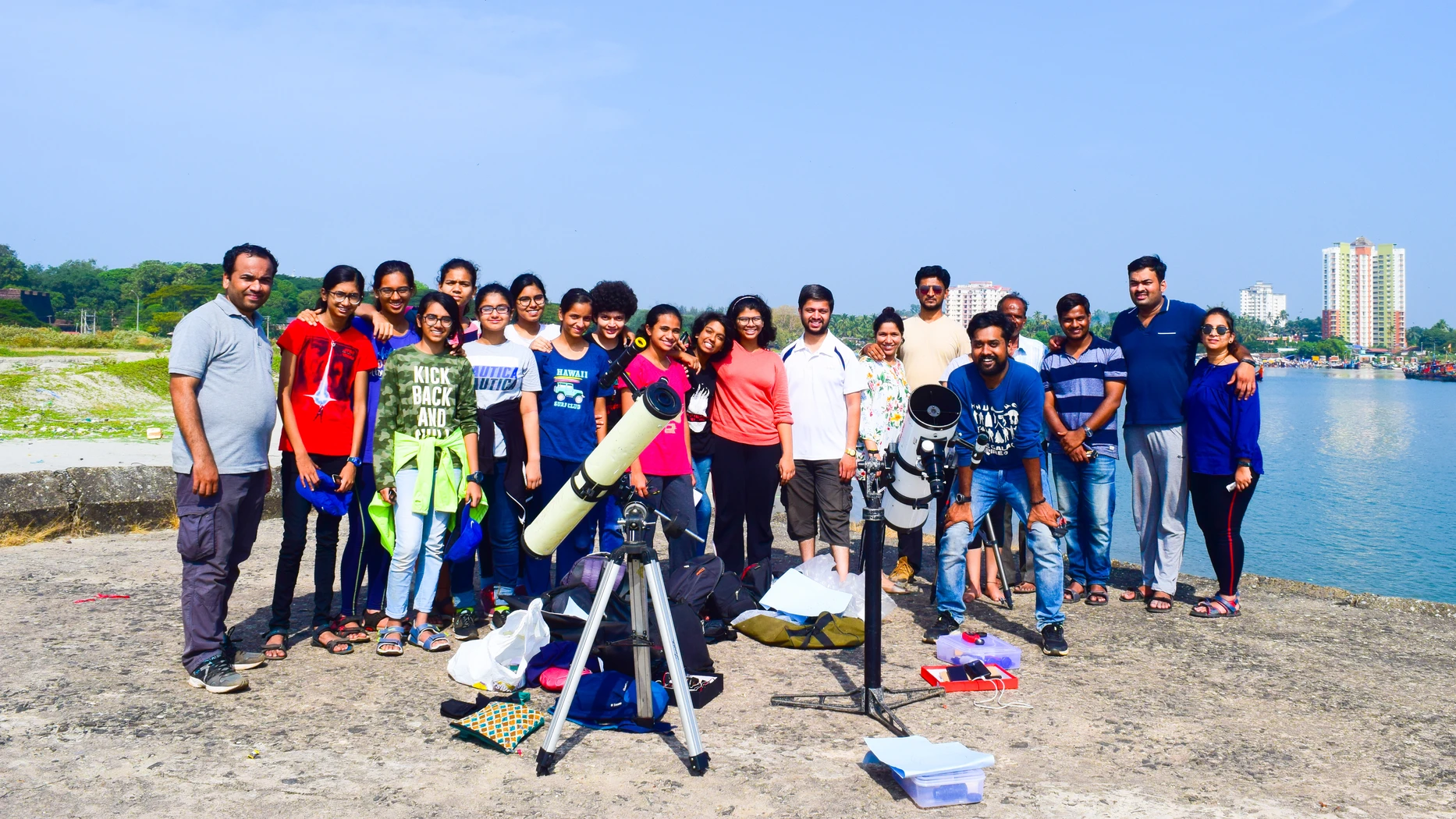
The Eclipse Team
2020 – Chasing the Eclipse
As we packed up our gear, I was already thinking about the next one: the annular solar eclipse on 21 June 2020. This one would be extra special—happening on the summer solstice, during the southwest monsoon, and visible from northern India. I planned to watch from Kurukshetra. The moon would cover 99.4% of the Sun, making it almost a total eclipse, though the annular phase would last just 30 seconds. The path was only about 21 km wide—tiny compared to the previous ones.
Stay tuned for more eclipse adventures!
Update as on May 11, 2020
We regret to announce that due to COVID-19 pandemic situation we are canceling the Chasing Eclipse expedition.
Reflections
Chasing solar eclipses is more than just science—it’s about wonder, planning, and sharing the thrill with others. Every trip brings new challenges and unforgettable moments. If you ever get the chance, don’t miss out on seeing the cosmos align. Trust me, it’s worth it!
- Tags:
- Astronomy
- Solar Eclipse